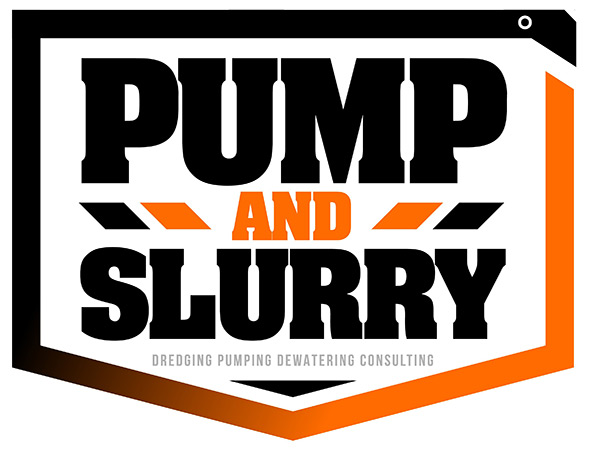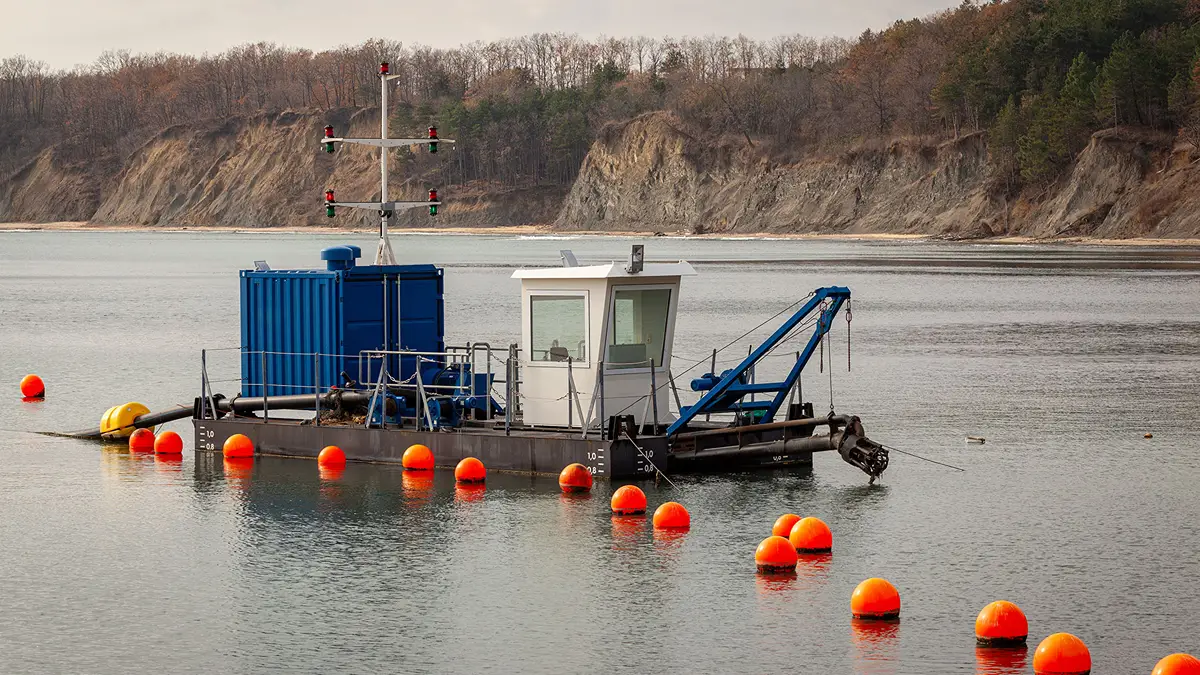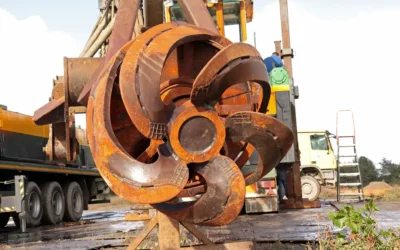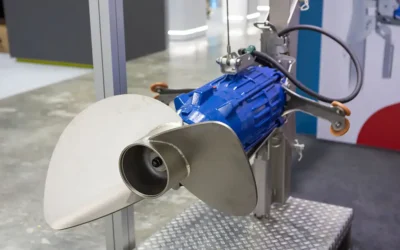Introduction
Dredging is a crucial activity that supports a wide range of industries, including mining, construction, infrastructure development, and environmental conservation. From clearing blocked waterways and desilting reservoirs to enabling resource extraction and ecological restoration, dredging ensures the smooth functioning of both natural and man-made aquatic systems. Traditionally, this process required extensive manpower, massive machinery, and long operational timelines. However, the introduction of portable dredge technology has transformed the landscape, offering a more efficient, flexible, and accessible approach.
Unlike conventional systems, its units are compact, easy to transport, and quick to deploy. These mobile systems significantly reduce operational costs, minimize environmental disruption, and allow for targeted, project-specific dredging solutions. Whether used in shallow ponds, narrow channels, or remote mining pits, these units can be operated by small teams and customized to meet diverse operational needs.
A notable example of this innovation is the portable gold dredge, designed specifically for extracting alluvial gold from riverbeds and streams. These units combine mobility with precision, making them ideal for both hobbyist prospectors and small-scale mining operations. Similarly, advanced portable dredge pump systems are enabling more efficient material handling, capable of moving sediment, sludge, and slurry with remarkable ease and reliability.
This guide takes a closer look at how these innovative systems are redefining the dredging industry. We’ll explore various types of portable units, examine the technological advancements making them more effective, and consider their practical applications across sectors. Whether you’re involved in environmental cleanup, resource extraction, or waterway maintenance, understanding the latest in portable dredging technology will help you choose the right tools and techniques for your project, improving results while reducing impact.
The Evolution of Portable Dredge Technology
Historically, dredging required large barges, extensive manpower, and complex logistics. These traditional methods, while effective for large-scale operations, posed challenges in terms of cost, mobility, and environmental impact. The need for more agile and cost-efficient alternatives led to the development of the portable dredge.
It is a compact, self-contained system designed for easy transportation, rapid deployment, and versatile operation. These units have found increasing popularity among small- to medium-scale operators who need to access remote or confined areas with limited infrastructure.
As portable dredge technology matured, it began to branch into specialized categories, including the portable gold dredge for small-scale mining and alluvial gold recovery. The introduction of the portable dredge pump also allowed users to retrofit existing systems or customize their setups based on specific dredging requirements.
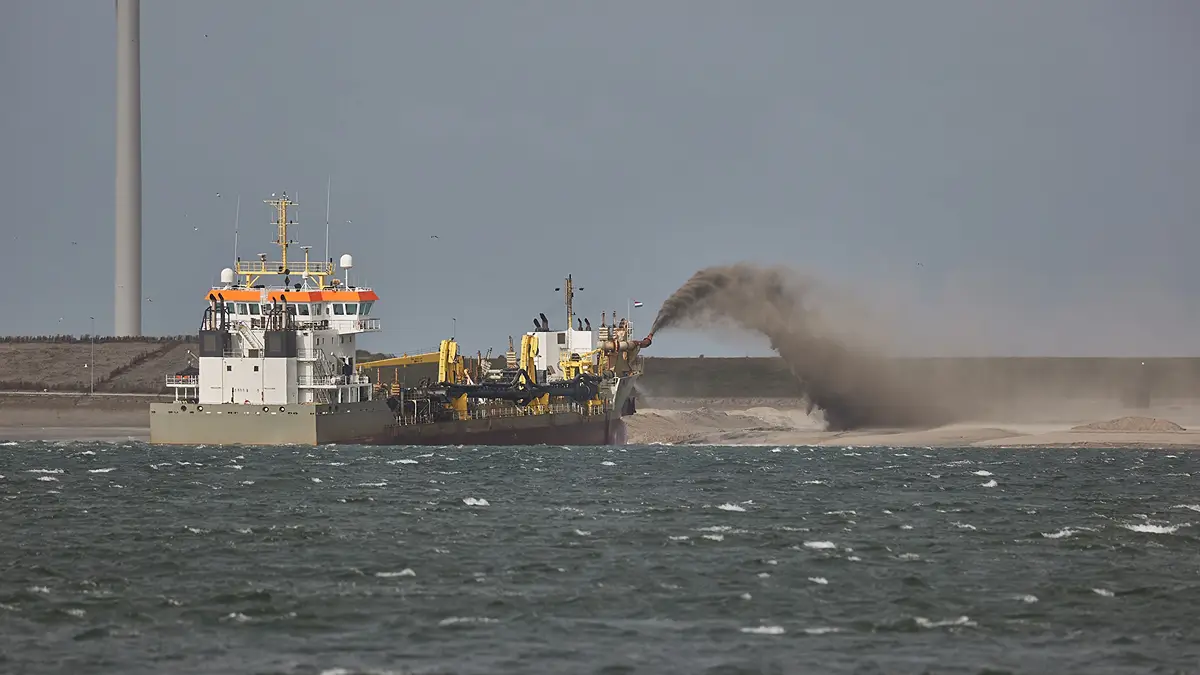
Key Components of a Modern Portable Dredge
The success and efficiency of a portable dredge depend heavily on its core components. Let’s break down what makes today’s systems so powerful and user-friendly.
1. Dredge Pump Technology
The portable dredge pump lies at the heart of every efficient unit. These pumps have evolved to deliver powerful suction while maintaining compact form factors. Modern portable dredge pump units often feature impellers made of abrasion-resistant alloys, extending operational life and reducing maintenance.
Advanced pump designs offer variable speed control, optimized for handling different materials—from silt and sludge to gravel and debris. The adaptability of the portable dredge pump has made it an essential tool not just in complete units but as a standalone upgrade for older equipment.
2. Flotation and Structural Design
Modern portable dredge systems prioritize lightweight and modular design. Floatation is achieved through high-density polyethylene pontoons that are resistant to corrosion, UV radiation, and chemical exposure. These pontoons provide stability without adding excessive weight.
Frame structures are made from marine-grade aluminum or stainless steel, enhancing durability without compromising portability. Foldable or collapsible components further improve transportability and allow for quick assembly at the dredging site.
3. Power and Fuel Efficiency
Another major leap in that innovation lies in energy efficiency. Units can be powered by electric motors, diesel engines, or hybrid systems, depending on the operating environment. Solar-assisted systems have also started to gain traction, especially in remote or off-grid locations.
Fuel efficiency is a significant focus, with newer engines designed to consume less while delivering high torque, essential for heavy-duty dredging operations.
4. Automation and Remote Capabilities
One of the most exciting advancements in portable dredge systems is the integration of automation. GPS tracking, sonar mapping, and remote control capabilities are now standard in many units.
These features allow operators to monitor real-time performance, track sediment movement, and adjust dredging parameters remotely. Automation reduces human error and improves precision, especially in environmentally sensitive or hard-to-navigate areas.
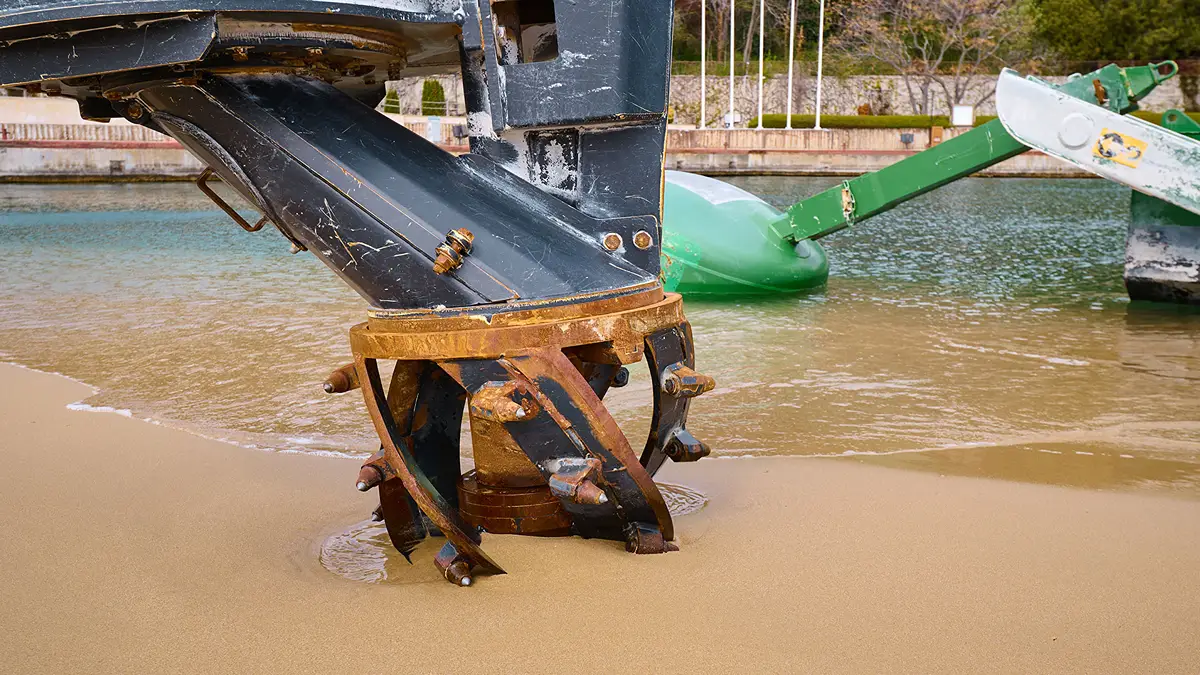
Types of Portable Dredges and Their Applications
Different projects require different tools. The portable dredge market offers a range of solutions tailored to specific applications.
Different dredging projects require specialized equipment to ensure efficiency, safety, and optimal results. The modern portable dredge market caters to a wide range of industries and applications, offering solutions that are compact, powerful, and adaptable. Here are some of the primary types of portable dredge systems and their unique benefits.
1. Portable Gold Dredge
The portable gold dredge is a compact, specialized system designed primarily for alluvial gold mining. It typically includes a small-diameter suction hose, a lightweight engine, and a sluice box for efficient gold particle separation. These systems are popular among small-scale miners and recreational prospectors due to their ease of transport and operation. A portable gold dredge is ideal for riverbeds, creeks, and remote mining locations where larger dredges can’t be deployed. Despite their size, these units use a highly efficient portable dredge pump to ensure adequate suction and recovery performance.
2. Environmental Dredging Units
Environmental dredging projects require precision and minimal ecological disruption. It units for these applications are engineered to perform tasks such as lake restoration, sediment removal, and aquatic weed control. These systems often include features like biodegradable hydraulic fluids, low-emission engines, and noise-dampening technologies. Their lightweight structure allows for quick deployment in sensitive habitats, making them essential for government and conservation initiatives. A portable dredge used in environmental projects must balance power with environmental stewardship, and newer models are increasingly achieving this with integrated monitoring systems and advanced portable dredge pump configurations.
3. Industrial Portable Dredge Systems
In industrial environments, portable dredge systems are employed for operations such as de-silting reservoirs, cleaning mining pits, and maintaining wastewater treatment lagoons. Their compact yet robust design allows access to tight or restricted spaces, while heavy-duty portable dredge pump systems handle abrasive and high-volume materials with ease. These units are built to withstand harsh conditions and offer scalable performance for a wide range of industrial dredging requirements.
Latest Innovations Making Dredging Easier
The world of dredging has evolved significantly, thanks to continuous advancements in portable dredge technology. Today’s systems are smarter, lighter, and more efficient, enabling operators to complete tasks faster, with less labor and minimal environmental impact. Below are the most impactful innovations transforming how the units are designed and deployed.
1. Quick Deployment Designs
One of the standout features of modern portable dredge systems is their rapid setup capability. Manufacturers are now designing equipment with true “plug-and-play” functionality. Modular kits with pre-connected components drastically reduce setup time, sometimes allowing full assembly in under an hour. Inflatable pontoons and foldable frames make transport easy, even in off-road or remote locations. A portable dredge can now be deployed by as few as two operators, saving both time and labor costs.
2. Modular System Architecture
Flexibility is a critical innovation in today’s portable dredge systems. Modular architecture means components such as suction heads, pontoons, and the portable dredge pump can be added or removed to match the scale of the operation. This customization extends the lifespan of the unit and increases ROI by adapting the same portable dredge across different job sites and sediment types.
3. Real-Time Data Feedback
Embedded smart sensors have elevated portable dredge systems into precision tools. These sensors track vital parameters such as sediment concentration, suction efficiency, water flow rate, and pump temperature. Operators receive real-time alerts, allowing for instant performance adjustments and preventive maintenance on the portable dredge pump, thus reducing downtime and extending equipment life.
4. Advanced Materials
Durability has always been a challenge in abrasive dredging environments. Today’s portable dredge components are manufactured from high-strength polymers and corrosion-resistant alloys. This innovation ensures long-lasting performance even when handling coarse sediments, sand, or debris, making the modern portable dredge a reliable and rugged tool across industries.
Cost Efficiency and Environmental Impact
Affordability and sustainability have become defining characteristics of modern portable dredge technology. Traditional dredging operations were often costly and disruptive, requiring large crews, complex logistics, and heavy machinery. In contrast, the contemporary portable dredge offers a smarter, more sustainable solution, streamlining operations while significantly reducing both financial and ecological costs.
Lower Transport and Setup Costs
One of the primary cost advantages of using a portable dredge is its lightweight, compact design. Unlike conventional dredging systems, it can often be transported using a standard trailer or even the bed of a pickup truck. This drastically lowers shipping expenses, particularly for remote or hard-to-reach job sites. The modular construction further enhances cost efficiency by enabling quick assembly, often within a few hours, eliminating the need for specialized labor or equipment. The inclusion of a portable dredge pump that integrates seamlessly into the unit also cuts down on installation time and complexity, allowing projects to begin and finish faster.
Eco-Friendly Features
Sustainability is a central focus of the latest of these systems. Manufacturers are now incorporating low-emission engines, biodegradable hydraulic fluids, and environmentally safe lubricants. These features make the modern portable dredge suitable for use in protected waters, wetlands, and other ecologically sensitive zones. In addition, advanced noise-reduction systems help minimize disruption to wildlife, a critical consideration in environmental dredging projects.
Reduced Operational Footprint
Another key benefit of a portable dredge is its reduced operational footprint. These systems typically require fewer personnel and less auxiliary support equipment. With a streamlined setup and integrated portable dredge pump, the machinery is more efficient and occupies a smaller physical and environmental space. This makes the portable dredge especially valuable in conservation efforts and projects that demand minimal environmental impact.
Challenges Still Facing Portable Dredge Technology
Despite their many advantages, that systems are not without challenges.
Power Limitations
While excellent for small to medium-scale projects, that systems may struggle with large-scale, deep-water operations. The suction capacity and flow rates of even the best portable dredge pump may fall short for extensive jobs requiring industrial throughput.
Maintenance Concerns
Operating in harsh environments can accelerate wear on even the most robust equipment. While advancements in materials have improved durability, regular maintenance remains crucial. Access to spare parts can also be a challenge in remote locations.
Regulatory Compliance
Each region has its own set of environmental and operational regulations. Ensuring that a portable dredge complies with local laws can involve complex documentation and certifications, which may delay project timelines.
Choosing the Right Portable Dredge System
Investing in that requires more than a surface-level evaluation of cost. A successful dredging operation depends on aligning the equipment with the unique demands of the job site. From sediment characteristics to site accessibility, various factors play a critical role in choosing the ideal portable dredge system. Making the right choice not only enhances efficiency but also extends the life of the equipment and reduces operational risks.
Project Scope and Material Type
One of the most crucial considerations is the type of material to be dredged. Different sediments—such as sludge, silt, sand, gravel, or aquatic vegetation—require different dredging approaches. A fine silt may require a high-volume suction head and a specialized portable dredge pump, whereas gravel or compacted sand demands a more robust system with reinforced pump components. Selecting the right of them for the material type ensures optimal performance and prevents equipment strain.
Water Body Characteristics
The physical conditions of the dredging site—such as water depth, current velocity, and access limitations—significantly affect equipment selection. A shallow, narrow water body may benefit from a lightweight, shallow-draft portable dredge. At the same time, a deeper reservoir with strong currents might require a more powerful and stable platform with a high-capacity portable dredge pump. Considering these factors helps tailor the system to the environment for safer and more efficient operations.
Power Availability
Another key decision is choosing between electric, diesel, or hybrid-powered portable dredge units. Remote areas with limited infrastructure may favor diesel-powered units, while sites with a reliable grid can benefit from electric models that offer quieter, emission-free operation. Hybrid systems offer the best of both worlds, increasing flexibility and reducing fuel costs.
Brand and Supplier Reputation
The reliability of a portable dredge system is often tied to the reputation of its manufacturer. Trusted suppliers offer warranties, on-site training, after-sales support, and custom configurations to suit specific needs. Partnering with a reputable brand ensures your portable dredge operates at peak performance with minimal downtime, delivering long-term value and peace of mind.
Future Outlook: Where Is Portable Dredge Technology Headed?
As industries continue to prioritize efficiency and sustainability, the future of portable dredge technology looks promising.
Artificial Intelligence and Automation
AI-driven systems can optimize dredging paths, predict maintenance needs, and adjust flow rates in real-time, enhancing overall efficiency.
Drone Integration
Drones equipped with sonar or LiDAR can pre-map the dredging area, feeding data into the portable dredge control system for precise targeting.
Eco-Conscious Engineering
Expect to see more zero-emission units, solar-powered systems, and further integration of eco-friendly materials.
Conclusion
The evolution of dredging technology marks a transformative moment in the industry. What was once a labor-intensive, costly, and environmentally disruptive process has become streamlined, accessible, and sustainable. The development of compact, modular equipment—complete with high-performance pump systems—has empowered industries and individuals alike to approach dredging with greater efficiency and precision.
Modern systems are no longer limited to large-scale operations. Their versatility allows them to serve a wide range of applications, from mining to environmental restoration. For example, gold prospectors benefit from compact, easy-to-use solutions tailored to alluvial recovery. At the same time, conservationists rely on mobile units for lake restoration, pond cleaning, and wetland maintenance—all with minimal ecological impact.
Industrial sectors benefit from robust equipment capable of handling abrasive materials and harsh working conditions. With built-in smart technologies and real-time monitoring, today’s systems optimize productivity while safeguarding equipment longevity. The use of advanced materials and modular components also helps reduce maintenance costs and allows customization for specific project needs.
Looking ahead, continued innovation in dredging equipment will play a pivotal role in waterway management, mining, construction, and environmental remediation. As industries shift toward more sustainable and cost-effective practices, adopting smart, adaptable solutions will be key to staying competitive and compliant.
In a world increasingly focused on efficiency, environmental responsibility, and flexibility, the portable dredge stands out as a vital tool. Whether used in remote gold fields, urban infrastructure projects, or fragile ecosystems, it offers a reliable and scalable approach to modern dredging challenges.




